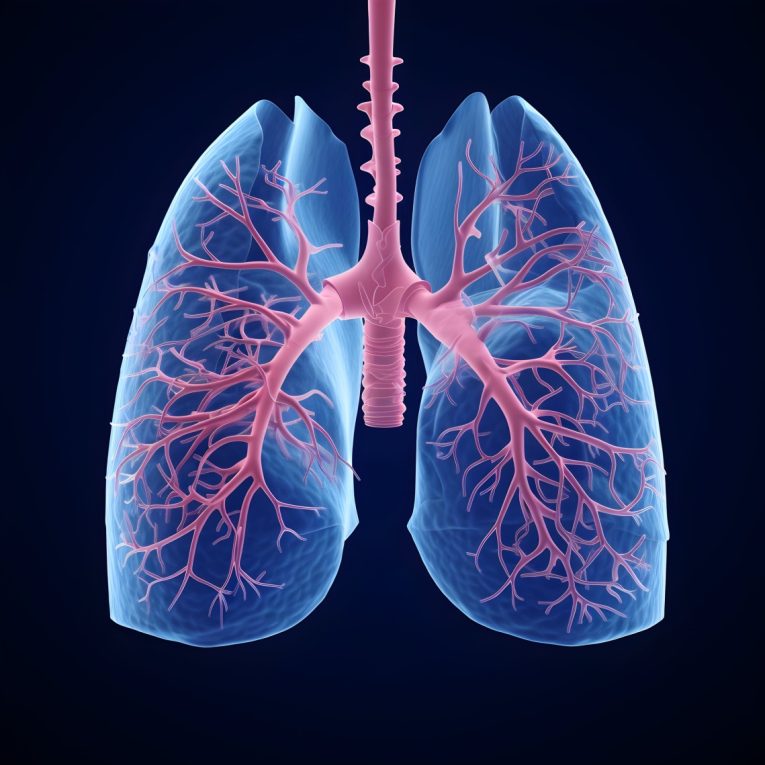What is Lung Cancer?
Lung cancer is a type of cancer that begins in the lungs — the organs responsible for breathing and oxygen exchange. Our lungs are constantly exposed to harmful elements such as tobacco smoke, industrial pollutants, and environmental toxins. This continuous exposure is one of the main reasons why lung cancer is among the most prevalent cancers globally, with both men and women affected. According to the National Cancer Institute, lung cancer is the leading cause of cancer-related deaths worldwide, surpassing breast, prostate, and colon cancers.
Lance Armstrong, states- “We have two options, medically and emotionally: give up or fight like hell.”
Types of Lung Cancer
Lung cancer is broadly classified into two main categories:
- Non-Small Cell Lung Cancer (NSCLC)
This accounts for nearly 80-85% of all cases. It tends to grow and spread more slowly than small cell lung cancer.
Common subtypes include:- Adenocarcinomas
- Squamous Cell Carcinomas
- Large Cell Carcinomas
- Small Cell Lung Cancer (SCLC)
A more aggressive type that comprises about 15% of all cases. This neuroendocrine tumour often presents at an advanced stage with early metastasis to other parts of the body.
Both cell lung cancer NSCLC and cell lung cancer SCLC have different biological behaviours, treatment approaches, and prognoses.
Symptoms of Lung Cancer
- Persistent cough, sometimes with blood in sputum
- Chest pain and shortness of breath
- Hoarseness of voice
- Swelling of the face and dilated chest/neck veins
- Back pain, headache, seizures — signs of metastatic disease.
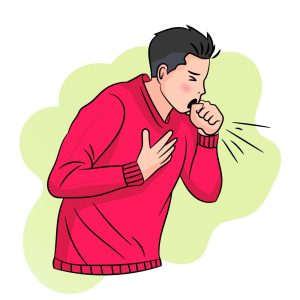
Persistent cough
Risk Factors for Lung Cancer
Understanding the risk factors for lung cancer helps in prevention and early detection:
- Smoking: The most significant factor, accounting for 90% of cases. Tobacco smoke contains nearly 70 known carcinogens. Common forms in India include cigarettes, gutkha, khaini, and zarda.
- Secondhand smoke
- Family history of lung cancer
- Occupational exposure to asbestos, arsenic, chromium, nickel, beryllium, tar, soot, etc.
- Radon gas exposure in poorly ventilated homes
- Air pollution, especially diesel exhaust.
These factors for lung cancer significantly increase the risk and should not be overlooked.
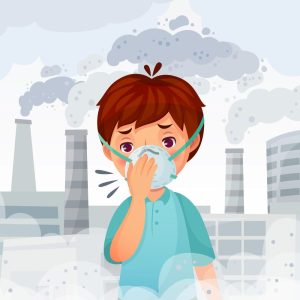
Diagnosis of Lung Cancer
When lung cancer is suspected, staging and tumour localization must be established using:
- CT scan
- MRI
- PET-CT scan
- Bone scan
- Tissue biopsy
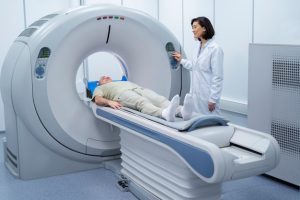
PET-CT Scan
Biopsy Techniques:
- Image-guided biopsy (e.g., CT-guided fine-needle aspiration)
- Endoscopic ultrasound-guided biopsy for deep-seated lymph nodes
- Bronchoscopy for visual inspection and sample collection.
- Liquid biopsy to detect circulating tumour DNA (ctDNA) and cells in blood for genetic profiling.
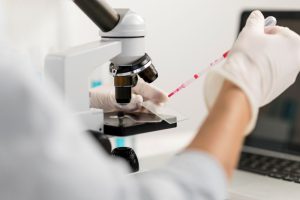
Lung Cancer Treatment Options
Treatment depends on cancer type, molecular characteristics, spread, and patient condition:
1. Surgery
Effective in early-stage lung cancers:
- Wedge resection
- Segmentectomy
- Lobectomy
- Pneumonectomy
If inoperable, radiation is often used instead.
2. Radiation Therapy
Used for localized or advanced cases, often combined with chemotherapy. Advanced techniques:
- CyberKnife stereotactic radiosurgery
- Image-Guided Radiotherapy (IGRT)
- Intensity-Modulated Radiotherapy (IMRT)
- Proton Therapy
3. Chemotherapy
Essential in advanced cases where surgery or radiation isn’t feasible. Used systemically to kill cancer cells.
4. Targeted Therapy
For NSCLC with identifiable genetic mutations. These drugs target cancer-specific pathways, reducing damage to healthy tissues.
5. Immunotherapy
Stimulates the body’s own immune system to detect and destroy cancer cells. Used alone or in combination with chemotherapy or targeted therapy.
6. Photodynamic Therapy (PDT)
Used mainly in palliative settings to relieve airway obstruction using a light-activated drug to kill cancer cells.
Lung Cancer Prevention and Screening
Preventive measures include:
- Avoiding tobacco use
- Reducing exposure to occupational and environmental carcinogens.
- Regular screening for high-risk individuals using Low-Dose CT (LDCT).

At Omega Hospitals, we offer state-of-the-art treatment for all types of lung cancers, including adenocarcinomas, squamous cell carcinomas, and large cell carcinomas. Our expert oncology team uses the most advanced diagnostics and treatment protocols to deliver personalised and compassionate care.

